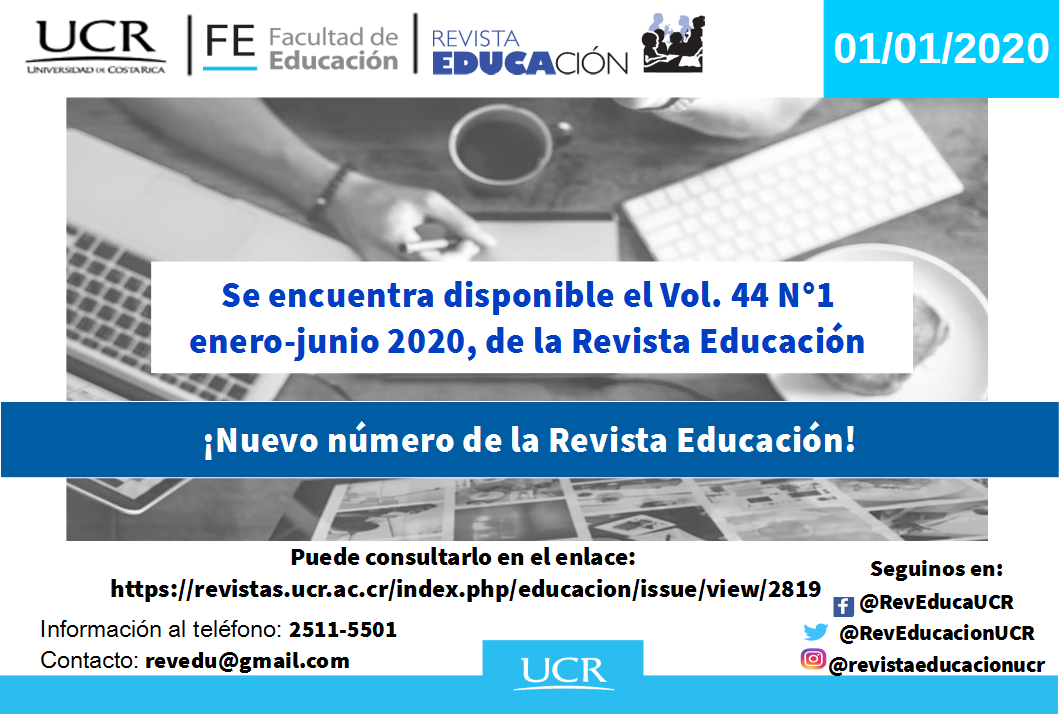Abstract
This article looks at how EFL university students understand the pronunciation of adjectives that end in -ed. The goal is to determine the extent to which students are able to follow pronunciation rules and exceptions of -ed inflections when used as adjectives. The quantitative study presents data gathered from a 20-item multiple choice test that was taken by 61 students. Overall results reveal that students obtained low scores (M = 7.33, SD = 1.51, n = 61) and even lower scores (M = 2.00, SD = 2.33, n = 61 for non-governed-rule -ed endings) with regards to following rule-governed pronunciation patterns. On average, students were able to identify -ed endings pronounced /ɪd/ 8.2% of the times, followed by /d/ (7.31%) and /t/ (6.49%). Students scored lowest for non-standard pronunciation of participial adjectives (2.72%). The results reveal that students have not yet mastered the rules for the pronunciation of participial adjectives ending in -ed. The author proposes that changes be made to the curriculum and the design of the materials and that current classroom practices be assessed in order to help improve student pronunciation. Lastly, the author highlights the need to conduct further research focusing on pronunciation and auditory perception to attain this goal.
References
Akmajian, A., Demers, R., Farmer, A., and Harnish, R. (2010). Linguistics: An Introduction to Language and Communication. United States of America: The MIT Press
Bassetti, B. and Atkinson, Nathan. (2015). Effects of orthographic forms on pronunciation in experienced instructed second language learners. Applied Psycholinguistics, 36(1), 67-91. doi: http://dx.doi.org.ezproxy.sibdi.ucr.ac.cr:2048/10.1017/S0142716414000435
Brown, D. (2015). Teaching by principles: An interactive approach to language pedagogy. White Plains, NY: Longman.
Caballero, D. and Rosado, N. (2018). Neurolinguistic Programming and Regular Verbs Past Tense Pronunciation Teaching. English Language Teaching, 11(11), 1-18. doi: https://doi.org/10.5539/elt.v11n11p1
Cardoso, W. (2018). Learning L2 pronunciation with a text-to-speech synthesizer. In P. Taalas, J. Jalkanen, L. Bradley & S. Thouësny (Eds), Future-proof CALL: language learning as exploration and encounters – short papers from EUROCALL 2018 (pp. 16-21). France: Research-publishing.net. doi: https://doi.org/10.14705/rpnet.2018.26.806
Celce-Murcia, M., Brinton, D., and Goodwin, J. (2016). Teaching Pronunciation. Cambridge: Cambridge University Press
Davila, A. M. (2013). Spanish speakers' reading production of English past tense inflectional morpheme –ed (Masters Dissertation) Southern Illinois University Carbondale, Illinois, United States of America. Retrieved from https://search-proquest-com.ezproxy.sibdi.ucr.ac.cr/docview/1475221589?accountid=28692
Gilakjani, A. P. (2011a). A Study on the Situation of Pronunciation Instruction In ESL/EFL Classrooms. Journal of Studies in Education, 1(1) 1-15. doi: https://doi.org/10.5296/jse.v1i1.924
Gilakjani, A. P. (2011b). Why is pronunciation so difficult to learn? English Language Teaching, 4(3), 74-83.
Hadfield, J. and Hadfield, C. (2011). Oxford Basics: Introduction to Teaching English. Cambridge: Cambridge University Press.
Harmer, J. (2001). The practice of English language teaching. England: Longman.
Kelly, G. (2000). How to teach pronunciation. England: Longman.
Kolln, M., and Funk, R. (2011). Understanding English Grammar. New York: Longman.
Yaowaratana, K., and Rungruang, A. (2018). How Thai EFL Learners Deal with English Regular Past Forms: A Case Study of a Speech Sound Perspective. English Language Teaching, 11(7), 1-21.
Marks, J., and Bowen, T. (2012). The book of pronunciation: proposals for a practical pedagogy. Peaslake: Delta Publishing.
Nation, P. and Newton, J. (2009). Teaching ESL/EFL listening and speaking. New York: Routledge.
Plag, I. (2003). Word-Formation in English (Cambridge Textbooks in Linguistics). Cambridge: Cambridge University Press. doi: https://doi.org/10.1017/CBO9780511841323
Richards, J., and Schmidt, R. (2010). Longman dictionary of language teaching and applied linguistics. Oxfordshire, England: Routledge.
Roach, P. (2010). English phonetics and phonology: A practical course. Cambridge: Cambridge University Press.
Thornbury, S. (2005). How to teach speaking. England: Longman.



